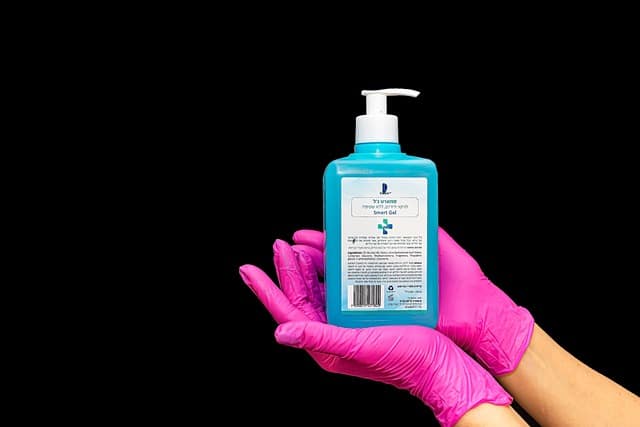
Prophylaxis is what allows us to prevent diseases or infections.
We must go back to Greek to find the etymological origin of the term prophylaxis that we are dealing with here. Specifically, we can say that it comes from prophylaxis , which can be translated as "prevention" and is composed of three distinct parts:
-The prefix pro- , meaning "before."
-The word phylax , which is equivalent to "guardian."
-The suffix -sis , which is used to indicate "action."
What is prophylaxis?
Prophylaxis is the practice or use of medicines to prevent the onset of a disease or the emergence of an infection . Prophylactic medicine , in this sense, is the branch of medicine that is oriented towards prevention.
Prophylaxis can therefore be developed through the intervention of a physician . The specialist is responsible for providing advice, suggesting measures and trying to raise awareness among his patients in order to reduce the possibility of them becoming ill. In case the patient is already ill, curative medicine begins to be developed.
It is important to note, however, that this distinction is more theoretical than practical. Doctors often practice both specialties simultaneously, since their actions tend, at the very least, to prevent a worsening of a condition.

Prophylaxis measures are important in everyday life.
Its importance in public health
Prophylactic medicine begins in the field of public health . The State must work on awareness campaigns to educate the population and get people to act responsibly.
For example: to prevent the spread of a cholera epidemic, the government should ask people to boil water before drinking it, remind them of the importance of washing their hands, etc.
Antibiotic prophylaxis
Within the field of medicine, there is also what is called antibiotic prophylaxis , which consists of using certain drugs, specifically antibiotics, with the purpose of preventing certain diseases from appearing or keeping existing ones under control.
Those who suffer from coagulation problems, for example, are faced with the possibility of using several types of prophylaxis:
– Primary , which is the one that is carried out continuously before the second hemorrhage.
– Secondary , treatment that is started after two or more hemorrhages and before the disease appears.
– Tertiary , which occurs when the pathology has appeared and is responsible for preventing it from progressing.
Risk reduction
Prophylactic , in short, is something that reduces the risk of contracting a disease. As a noun, prophylactic is synonymous with condom , the latex sheath used to cover the penis during an intimate relationship and, in this way, minimizes the risk of contracting sexually transmitted diseases.
Chemoprophylaxis also consists of the use of drugs to prevent the onset of certain diseases.
Prophylaxis in chess
We cannot overlook the fact that the term in question is used in the field of chess with another meaning. In this game, it is used to define the entire set of moves that a person makes on the board with the aim of not only improving their position on the board but also preventing their opponent from doing the same with theirs.
The Spanish Opening is one of the most well-known prophylactic moves used by grandmasters of the sport, such as Garry Kasparov, Anatoly Karpov and Mikhail Tal.
